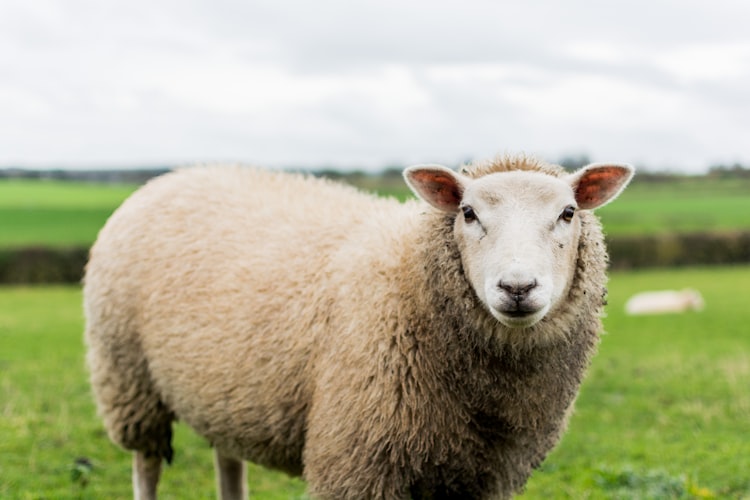
A Number of Genetic Tools Developed to Study Choanoflagellates
Hereis an interesting paper on choanoflagellates from elife, but for an overview check here (h/t: @PlantEvolution). Choanoflagellates are the unicellular descendants of evolutionary ancestors of multicellular animals. Therefore, by studying them, we can know about how multicellularity evolved millions of years back.
The evolution of multicellularity is a very interesting topic. Apparently multicellularity evolved many times independently in eukaryotes. For a full list, check the image in the following post.
Aggregative Multicellularity and Multicellularity by Division
Nicole King’s lab led the genome project and is now developing a number of genetic tools to study this unicellular eukaryote. Those will be very useful for researchers trying to understand this organism by doing bench experiments, because large scale data sets can only tell so much.
The central question in the field of developmental biology is: how can a single fertilised egg cell develop into a living organism made of millions of specialised cells? The evolutionary flip side of this question is: how did a multicellular animal first evolve from a single-celled microorganism? For decades evolutionary biologists have tried to answer this question by analysing the fossil record, by studying the species that represent the earliest branches in the animal family tree and, lately, by exploring the closest unicellular relatives of the animal kingdom.
Nevertheless, a persistent problem that has hindered attempts to address this question has been the limited number of genetic tools available to study the functions of genes in choanoflagellates. Studies based on transcriptomics and immunohistochemistry techniques had offered insights regarding the regulation of gene expression and the localisation of proteins but, unfortunately, such analyses failed to provide a clear link between gene function and colonial development. Now in eLife, Nicole King and colleagues at the University of California, Berkeley, including Tera Levin as the first author, report that they have solved this problem by performing a genetic screen in S. rosetta (Levin et al., 2014). This screen has provided the first evidence that links a genetic change to an observable defect in S. rosetta’s development: in other words, it has linked genotype to phenotype in a choanoflagellate that forms colonies.
Levin et al. used the classic approach of creating random mutations throughout the S. rosetta genome, and then isolating mutant lines that were not able to form colonies (Figure 1). They could reliably select for this phenotype because S. rosetta can be made to form rosette-like colonies in the laboratory by adding a molecule, called a sulfunolipid, which is produced by a bacterial species (Alegado et al., 2012). After screening thousands of mutants, Levin et al. isolated nine that did not form colonies in the presence of the bacteria, but that otherwise appeared identical to the wild-type cells.
We have a number of other blog posts on topics related to evolution of multicellularity -
Trichoplax adhaerens at the Root of Multicellular Animal Tree
A Good Paper on Hox-TALE Puzzle
Regulated Aggregative Multicellularity in a Close Unicellular Relative of Metazoa